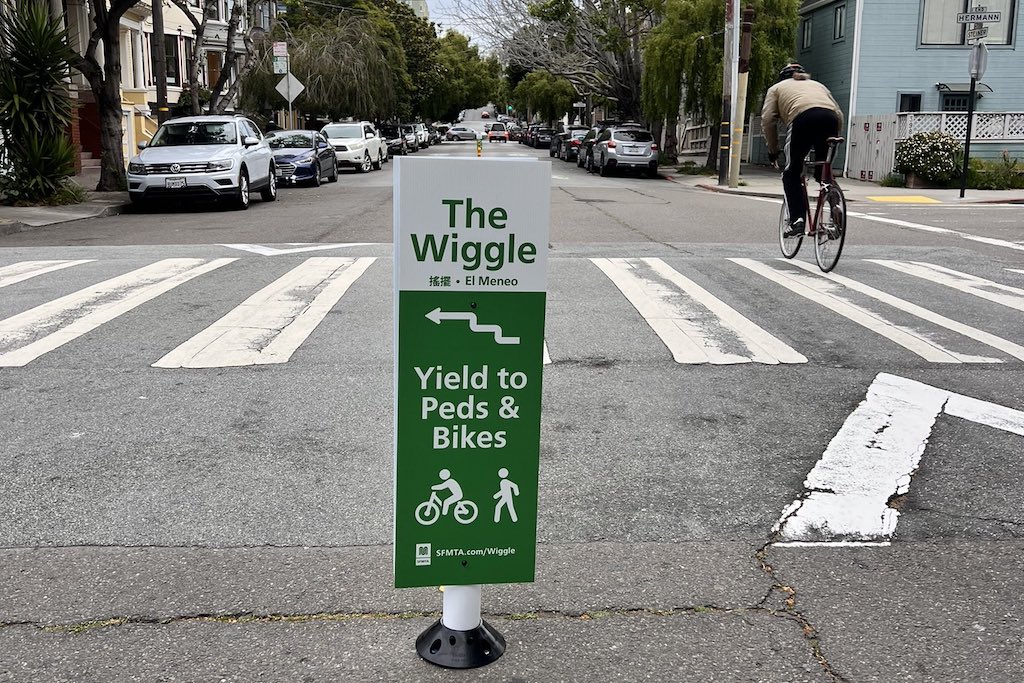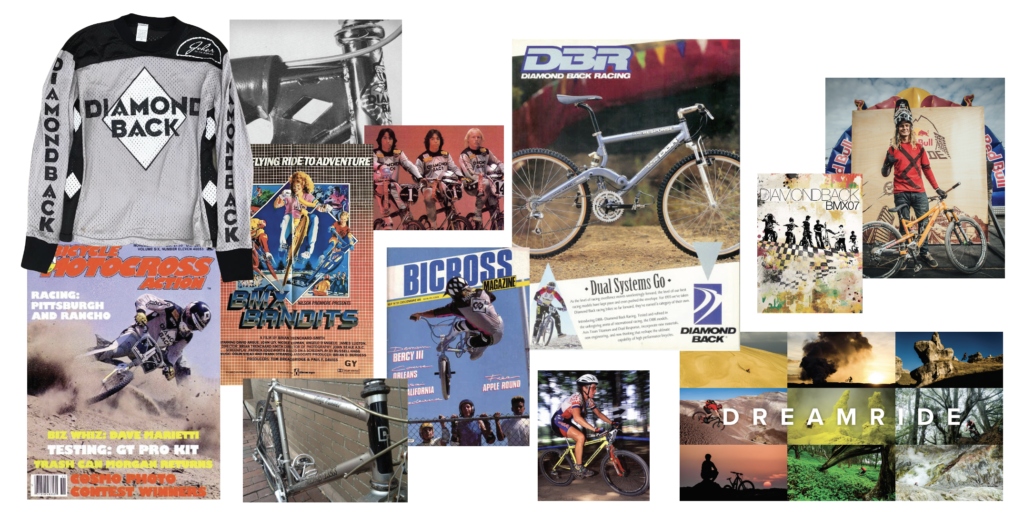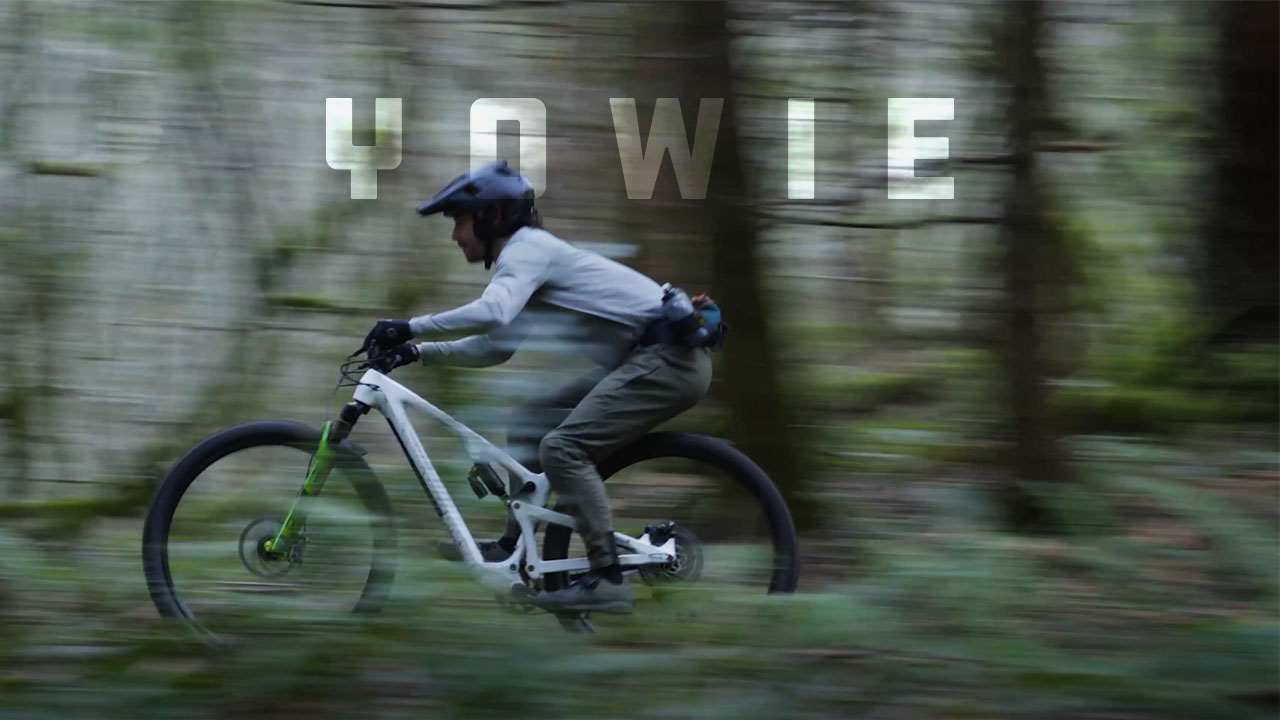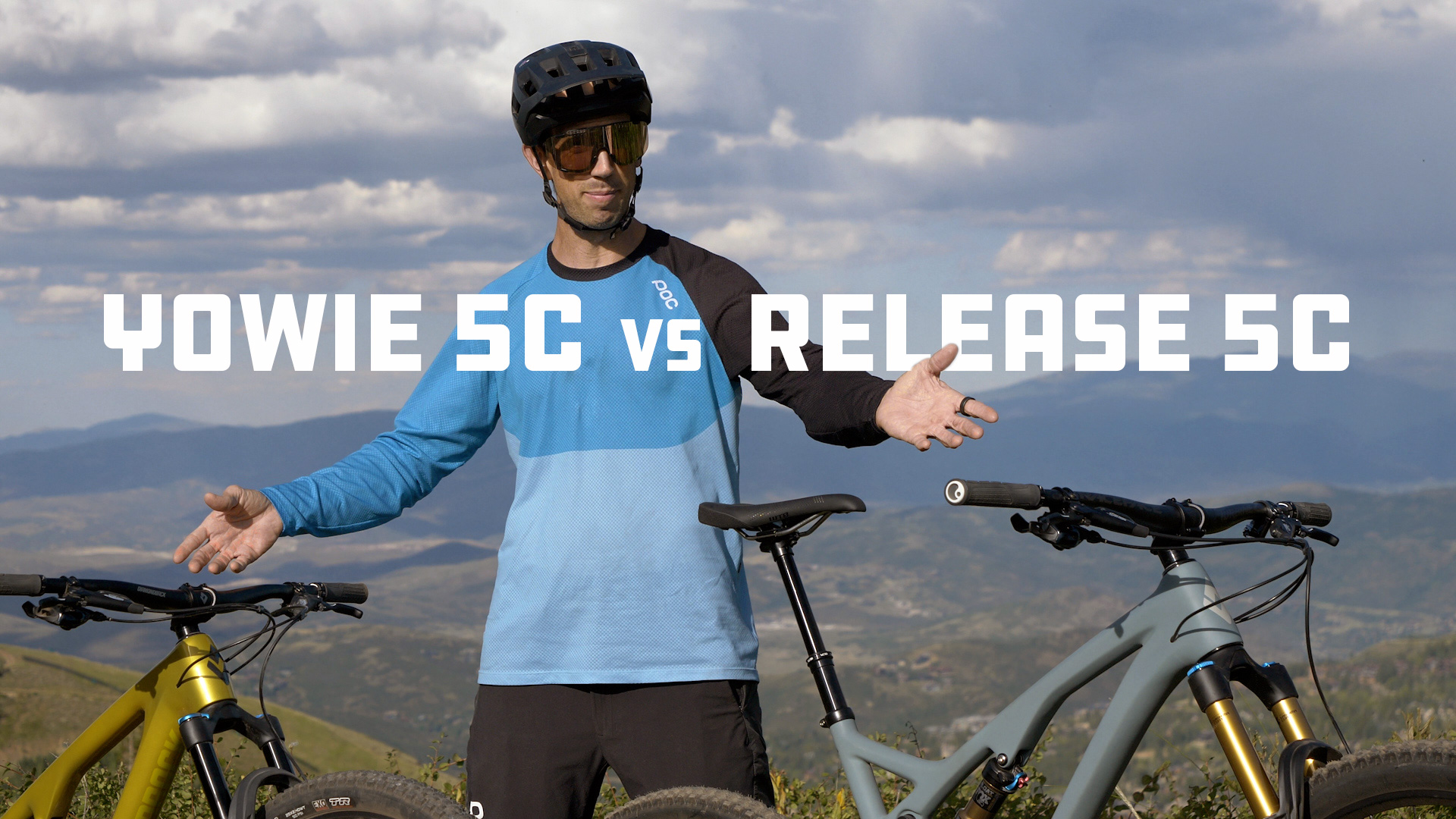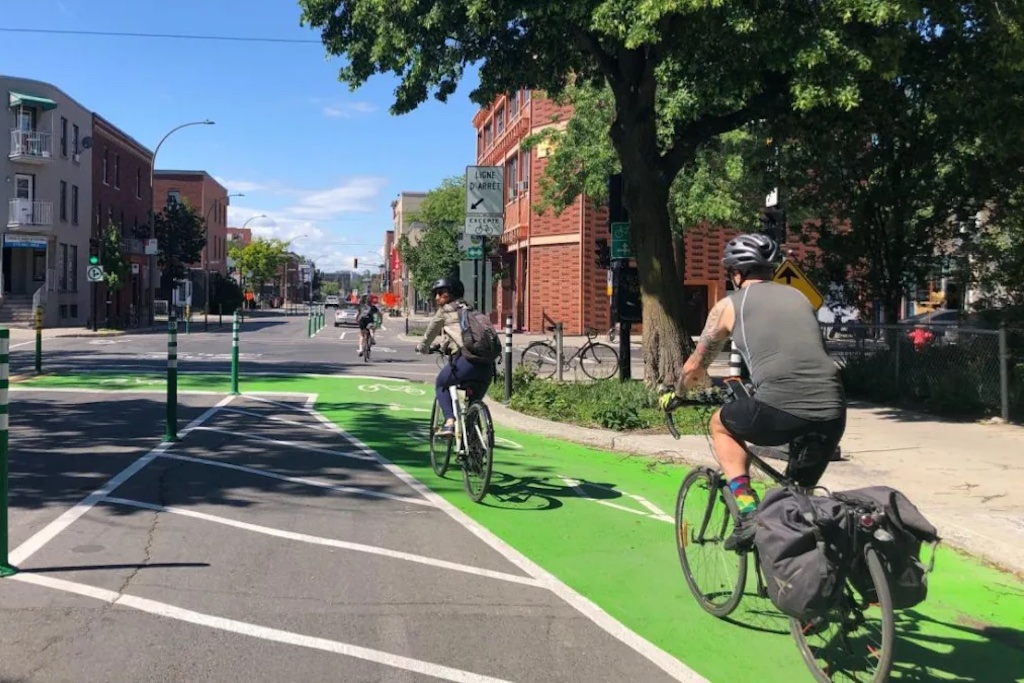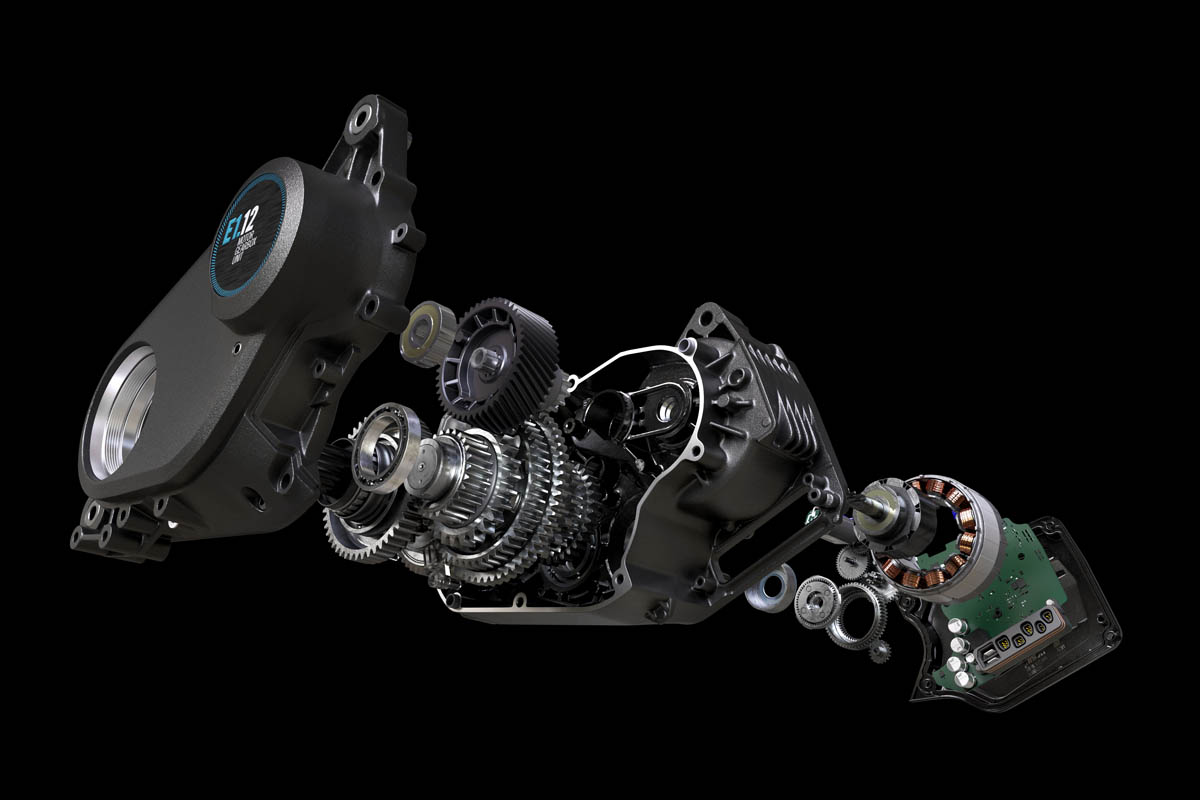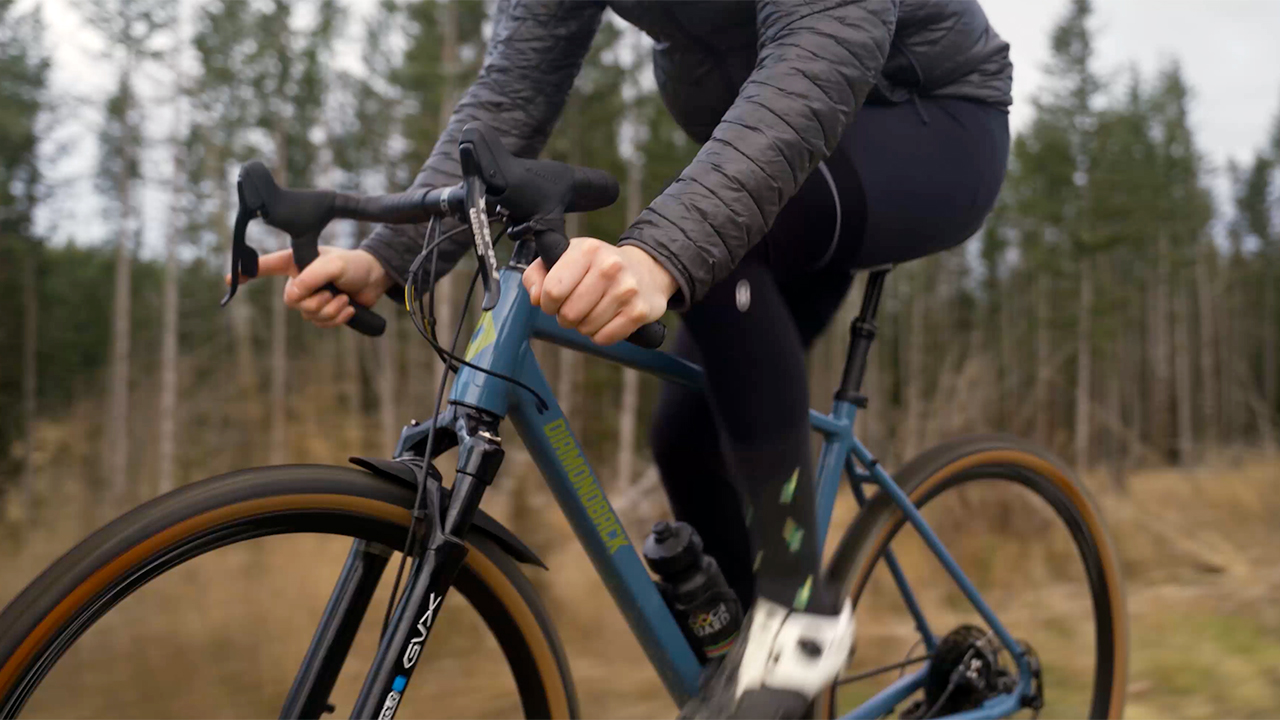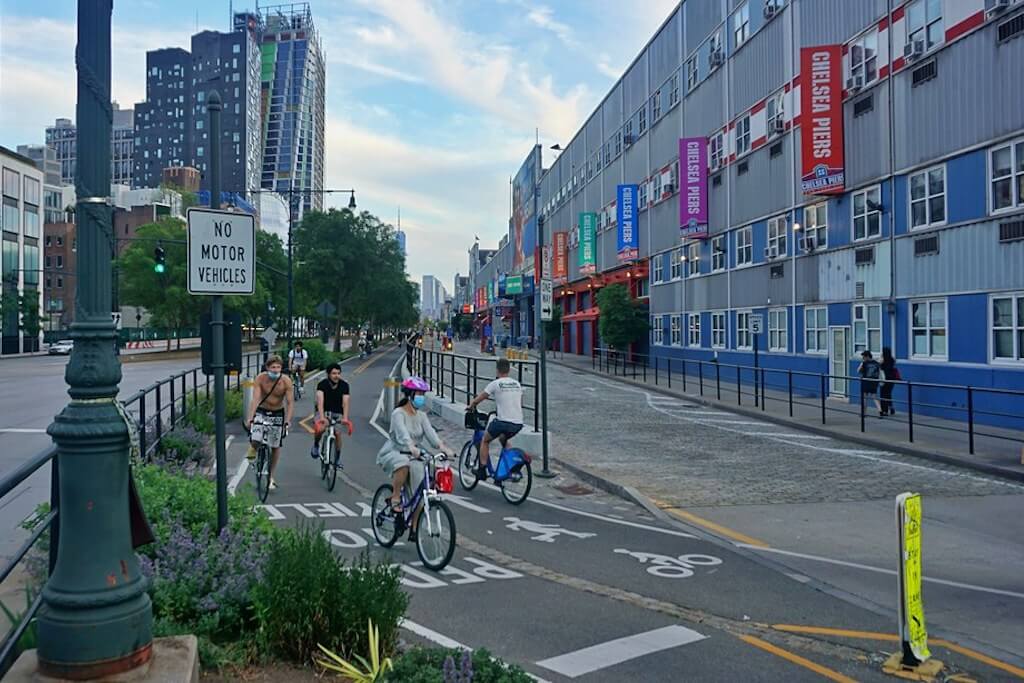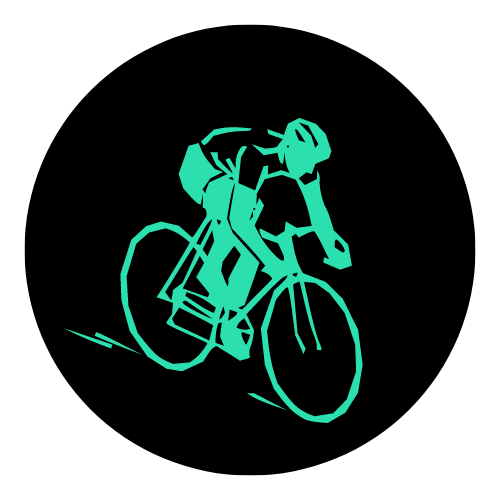Bike Geometry Glossary
Welcome to our detailed glossary of bike geometry terms. This glossary serves as a user-friendly reference, breaking down the technical jargon into easily understandable definitions. Whether you’re new to the world of cycling or a seasoned pro, understanding these terms is essential for discussing, comparing, and optimizing bike designs. From frame size to fork length, we cover all the key aspects that shape the ride quality and performance of a bicycle. This glossary is your first step in becoming well-versed in the language of bike geometry. Handlebar Type: The design and shape of the handlebars. This includes, but is not limited to: Drop bars Flat bars Moustache bars “Alt” bars Bike Category: The type of bike which determines its intended use and design characteristics. This includes but is not limited to: Road Endurance Race Aero Climbing Gravel Adventure Race Touring […]

Welcome to our detailed glossary of bike geometry terms. This glossary serves as a user-friendly reference, breaking down the technical jargon into easily understandable definitions. Whether you’re new to the world of cycling or a seasoned pro, understanding these terms is essential for discussing, comparing, and optimizing bike designs. From frame size to fork length, we cover all the key aspects that shape the ride quality and performance of a bicycle. This glossary is your first step in becoming well-versed in the language of bike geometry.
Handlebar Type: The design and shape of the handlebars. This includes, but is not limited to:
- Drop bars
- Flat bars
- Moustache bars
- “Alt” bars
Bike Category: The type of bike which determines its intended use and design characteristics. This includes but is not limited to:
- Road
- Endurance
- Race
- Aero
- Climbing
- Gravel
- Adventure
- Race
- Touring
- Mountain Bikes
- XC
- Trail
- All-mountain
- Enduro
- DH
- Hybrid
- Time Trial
- Triathlon
- Track
- Endurance
- Sprint
- TT
Bottom Bracket Drop: The vertical distance between the centre of the bottom bracket and the line extending between the two wheel axles.
Bottom Bracket Height: The vertical distance from the ground to the center of the bottom bracket.
Chainstay Length: The distance from the rear wheel axle to the bottom bracket
Chainstay Length Horizontal: Horizontal measurement from the centre of the bottom bracket to the rear dropout.
Crank Length: The length of the crank arm from the centre of the axle to the centre of the pedal spindle.
Fork Length: The distance from the front wheel’s axle to the top of the crown/crown race.
Fork Length (Axle-to-Crown): The distance from the wheel axle to the top of the fork crown.
Fork Offset: The horizontal distance between the fork’s steering axis and the front wheel axle.
Front-Center: The distance between the bottom bracket and the front wheel axle.
Handlebar Width: The width of the handlebars. For drop style handlebars this can be measured in a few ways. Traditionally the width of the bars were measured from centre to centre between the drops. However the recent popularity of including flare in drop handlebars has meant that the primary width measurement is taken centre to centre at the mounting point for the hoods.
Head Tube Angle: The angle of the head tube’s steering axis relative to the ground.
Head Tube Length: The length of the head tube.
Max Tire Width: The widest tire that can fit on the bike. The minimum safety standard as defined by ISO 4210 is 6mm.
Mechanical Trail: The horizontal distance from where the front wheel touches the ground to where the steering axis intersects the ground.
Reach: The horizontal distance from the bottom bracket to the top of the head tube
Seat Tube Angle: The angle of the seat tube relative to the ground.
Seat Tube Angle, Effective (ETT Center): For seat tubes that aren’t straight from the bottom bracket, the effective angle of the seat tube relative to the ground, measured to where the effective top tube (see below) meets the centre of the seat post.
Seat Tube Exit Angle: The angle at which the seat tube exits the frame.
Seat Tube Length (C-C of Top Tube): The length of the seat tube measured from the centre of the bottom bracket to the junction of the seat tube and the centreline of the top tube.
Stack: The vertical distance from the bottom bracket to the top of the head tube.
Stack and Reach:
Stack is the vertical distance from the bottom bracket to the top of the head tube
Reach is the horizontal distance from the bottom bracket to the top of the head tube
Stack-to-Reach Ratio: The ratio of stack to reach, indicating the bike’s vertical vs. horizontal orientation.
Standover Height: The height of the bike frame above the ground, important for rider comfort and safety.
Stem Length: The length of the stem from the centre of the steer tube to the centre of the handlebar.
Top Tube Length, Actual C-C: The actual length of the top tube from the centre of the headtube to the centre of the seat tube.
Top Tube Length, Effective/Horizontal: The effective horizontal length of the top tube measured from the centre of the top of the head tube to the centre of the seat tube axis.
Trail: The distance the front wheel is behind the steering axis, affecting stability and handling.
Wheel Size/Bead Seat Diameter: The diameter of the wheel or the tire bead seat.
Wheelbase: The distance between the front and rear wheel axles.
Other Resources:
- Understanding Bike Geometry – Geometry Geeks
- Road Bike Geometry Explained – Bike Radar
- Bicycle Geometry Terms – 99 Spokes
What's Your Reaction?









